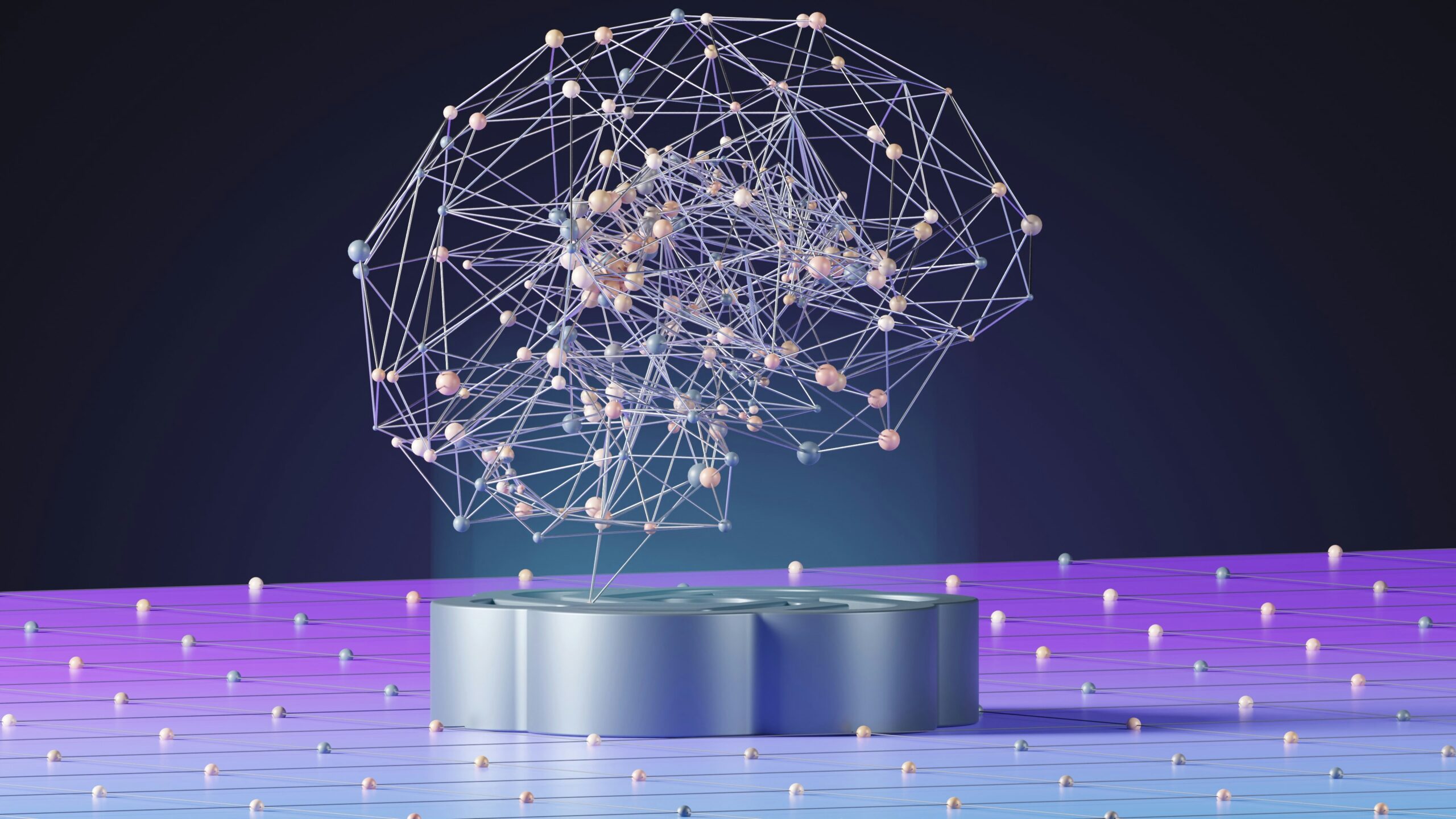Generative AI is one of the most transformative technologies emerging in the artificial intelligence space. From creating art to writing code, designing logos, or even composing music, generative AI is proving to be more than just a trend—it’s reshaping creativity, productivity, and innovation across industries.
This guide breaks down what generative AI is, how it works, what makes it revolutionary in 2025, and how it’s being applied in everyday scenarios.
What Is Generative AI?
At its core, generative AI refers to artificial intelligence systems designed to create new content. Unlike traditional AI models that classify or predict based on data, generative models produce novel outputs—text, images, audio, and even video—based on patterns learned from massive datasets.
Popular examples include OpenAI’s ChatGPT, DALL·E, Midjourney, and tools like Runway or Jasper. These tools can generate product descriptions, illustrations, website mockups, synthetic voices, and more—with increasingly impressive quality.

Why It’s a Killer AI
Generative AI stands out for a few key reasons:
- Creativity at Scale: It democratizes creative tasks that once required skilled professionals. Anyone can now generate a logo, write a screenplay, or storyboard a video with just a few prompts.
- Speed and Cost-Efficiency: Businesses can produce marketing copy, design drafts, or even data reports in minutes, cutting both turnaround time and costs.
- Hyper-Personalization: Generative AI enables tailored content for specific audiences. For example, brands can create personalized email campaigns or product recommendations with minimal manual input.
- Innovation Booster: Researchers and designers use generative AI to prototype faster and test ideas that would be expensive or time-consuming to build from scratch.
How It Works: Behind the Scenes
Generative AI typically relies on machine learning models known as transformers, especially large language models (LLMs). These models are trained on billions of words, images, or data points, learning the statistical relationships between them.
When prompted, the model uses what it has learned to generate new outputs that fit the context. For example, a text-to-image generator like DALL·E turns a descriptive sentence into a unique visual, while a tool like ChatGPT writes human-like responses to questions or prompts.
In 2025, many models have multimodal capabilities—able to process and generate across different data types (text, image, audio) in a single workflow.
Everyday Use Cases of Generative AI
Generative AI is no longer limited to research labs or tech companies. Here’s how it’s already being used in daily life and across industries:
1. Content Creation
- Blog writing, ad copy, and video scripts generated quickly
- Social media posts tailored to audience behavior
- AI avatars producing explainer videos for brands
2. Design and Branding
- Logo concepts and graphic design drafts
- Web page wireframes or UI elements
- Automated mood boards and color palette generators
3. Education and Learning
- AI-generated quizzes, summaries, and flashcards
- Personalized tutoring systems with adaptive feedback
- Learning simulations with interactive storytelling
4. Software Development
- Code generation from plain-language prompts
- Auto-suggestions and bug fixes within IDEs
- Documenting code or generating tests automatically
5. Entertainment and Media
- Music composition in various styles
- Story or screenplay development
- Game asset creation and character design
A Look at the Tools Leading in 2025
Some standout generative AI tools making waves this year include:
- ChatGPT Enterprise – used for internal knowledge bases, writing support, and customer interactions.
- Midjourney v6 – now more consistent in style replication and realism for image generation.
- Runway ML – for video editing, generating scenes from text prompts.
- Jasper AI – used by marketers for content automation and brand voice consistency.
- ElevenLabs – realistic voice synthesis for videos, podcasts, and accessibility.
Each of these tools is becoming increasingly user-friendly, with drag-and-drop interfaces and API integrations.
Addressing the Challenges
While generative AI is powerful, it comes with challenges:
- Accuracy: AI-generated content can include factual errors or misleading information.
- Bias: Models trained on large datasets may reflect societal or cultural biases.
- Intellectual Property: Ownership of AI-generated work is a growing legal and ethical concern.
- Over-Reliance: There’s a risk that over-dependence on AI may stifle original human creativity.
That said, responsible use—along with proper review, human oversight, and transparency—is key to mitigating these concerns.
Use Case Tip
If you’re a small business owner or content creator, try using generative AI to build a content pipeline—drafting blogs, repurposing them into social posts, and even generating thumbnails or visuals, all from a single prompt. It can cut content creation time by 70–80%.
Conclusion
Generative AI is not just a technological advancement—it’s a shift in how we think about work, creativity, and communication. As we move deeper into 2025, its tools are becoming more accessible, more powerful, and more integrated into everyday tasks.
Whether you’re a designer, developer, marketer, or student, understanding and using generative AI could unlock new efficiencies and ideas you hadn’t considered possible just a few years ago.


Leave a Reply